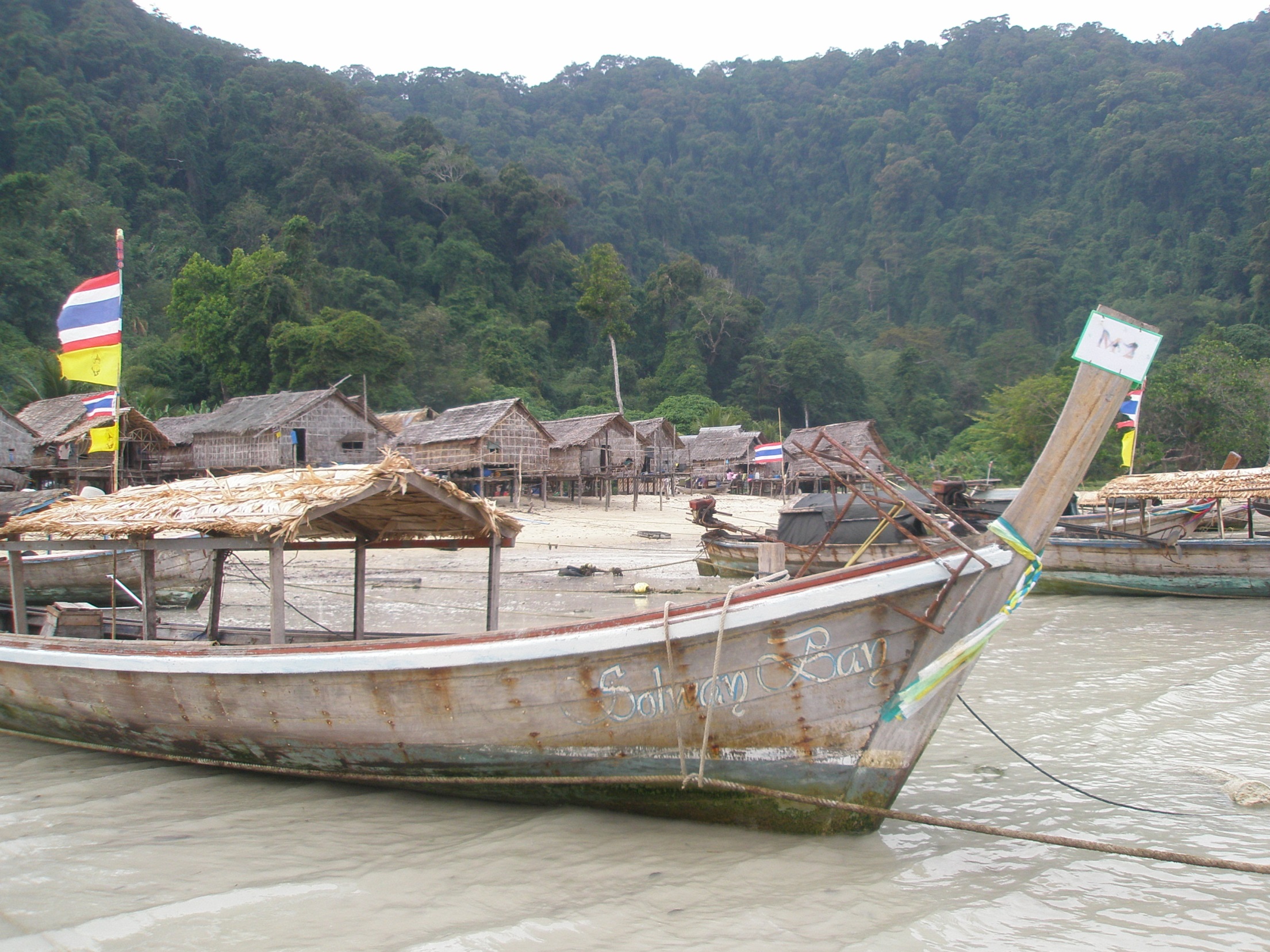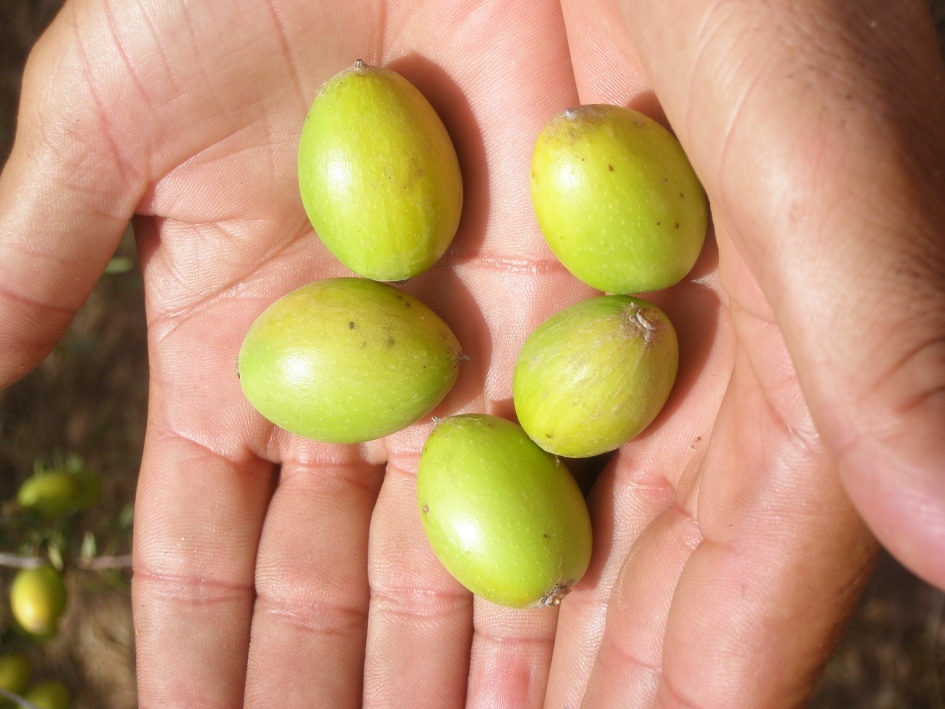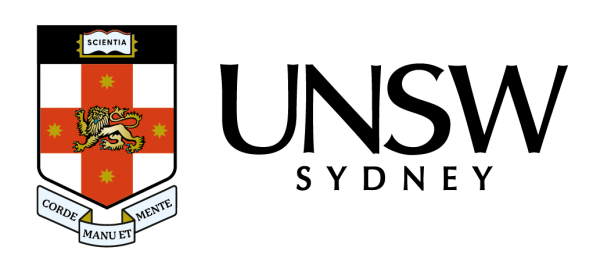
The ADA professor was introduced to ethical biotrade while doing his PhD.
Growing up in Cronulla, Dan was very ‘outdoorsy’, always hiking, surfing and connected to nature.
“I was interested in conservation and biodiversity, and Indigenous knowledge is an important part of that. I learnt about biopiracy – when people misappropriate that knowledge without permission or some sort of agreement and benefit-sharing – while working on my PhD in Northern Thailand,” he said.
Now a lecturer and researcher in Arts, Design & Architecture’s School of Humanities & Languages (HAL), as well as Northern Thailand, Dan’s research has taken him to Madagascar and the Cook Islands. There, he immerses himself in customs and practices of the local Indigenous peoples to understand how they protect and promote plants as medicine or food.
Top image: Professor Daniel Robinson at a local foods and knowledge workshops in Timor Leste
From environmental consultant to PhD
Dan started his career as an environmental consultant until he was “burnt out from the long hours”. Friends completing PhDs and entering academia inspired him to do the same.
“I was in my 20s, young and idealistic. Completing my PhD was great. Most people have a bit of a torturous time, but I genuinely had a lot of fun. I lived in Thailand and Switzerland, doing internships,” he said.
Dan was introduced to the concept of biopiracy while staying with seafaring Indigenous people in Thailand called the ‘Moken’ and with Karen and Hmong peoples in Northern Thailand.
“I was lucky enough to have guidance from a Thai professor who set me up with an internship at the Office of the National Human Rights Commission of Thailand. I learnt about varieties of rice and traditional medicines developed by both Thai people and Indigenous peoples in Thailand,” he said.
Twenty years later, Dan is still learning about and protecting this kind of knowledge.
“There’s so much demand for support and so many enquiries in this space, particularly in Australia, Southeast Asia and the Pacific. Every week, members of the public ask us to search for existing patents around uses for biological materials in food or cosmetics, for example, to help identify potential biopiracy” Dan said.

A Moken village on Koh Surin, on the Andaman Sea.
Biopiracy in the beauty industry
Kava, Kakadu plum and Argan are all things you might see listed as ingredients in beauty products or the latest natural remedy promising to cure your anxiety, be an energy elixir or harness youth. They’re labelled ‘new age’ to us, but Indigenous peoples have known how to access their healing properties for hundreds of years.

Argan fruit, containing a kernel used commercially for its oil which has culinary, cosmetic and medicinal properties.
Dan uses an example quite close to home – the Kakadu plum.
“It’s a bush food found across Northern Australia and it’s an extremely high source of vitamin C. Since 2010 an American beauty company called ‘Mary Kay’ has been trying to patent it, claiming that it was a new application of the Kakadu plum in a skincare composition. We think Indigenous people have been using Kakadu plum for thousands of years.
“Luckily, when we were preparing the patent challenge in Australia, we found an Australian company called ‘Red Earth’ who were already using it in that way, so it wasn’t in fact ‘new’ and the patent office knocked back most of the claims. In an ideal world, cosmetic giants like Mary Kay would not try to claim the intellectual property, but rather we would see Indigenous peoples getting due credit for the formula or developing the cosmetics themselves,” he said.
Building Indigenous businesses
As well as fighting for benefit sharing and rightful Intellectual Property (IP) credit, Dan works closely with ADA colleague, Associate Professor Miri (Margaret) Raven, empowering Indigenous peoples to build and own businesses and protect their knowledge and IP.
“We’re trying to encourage non-Indigenous businesses to work ethically with Indigenous businesses. Some of the supply chains are huge though – owned by companies like L’Oreal. So in those instances, there can be prior informed consent and benefit-sharing such as upskilling or monetary benefits with Indigenous peoples, but even better would be Indigenous people leading or heavily involved in doing the research and development on a product,” Dan said.
At UNSW and beyond
As well as teaching at UNSW, Dan and Miri are also working collaboratively with Indigenous businesses, providing education on how to protect their intellectual property, thanks to external funding.
“We have had bushfoods business training and workshops in Victoria and Queensland, and lots in Western Australia. We have projects with government and a World Intellectual Property Organization contract” Dan said.
Dan and Miri have also been working on ‘biocultural protocols’ which are like a framework for protecting and promoting a community’s traditional knowledge. They’ve created one for the Cook Islands’ Aitutaki.
“They have a traditional healer’s network and we’ve put together a 20-page document outlining ‘rules’ based on customary law. It’s so tourists and researchers can clearly understand rules around traditional medicines in the community and it protects their knowledge. It’s published in English and Cook Island Māori,” he said.

Plants, foods and medicines from the Cook Islands.
Dan hopes to secure more funding to continue this work throughout the Pacific.
What’s the best piece of advice you’ve received?
If you submit a research grant and you don’t get it the first time, just tweak and resubmit. It’s worked for me and my colleagues!
What might surprise your colleagues about you?
I’m a workaholic but, if I can, I duck off for a surf at lunch time.
What makes you happy?
Walking my Border Collie … twice a day.
What day in your life would you like to relive?
An amazing day traveling in Morocco, auditing Argan oil supply chains and meeting the most amazing people – and the food was incredible!
What’s the best thing you’ve read in the last year?
Men Without Women by Haruki Murakami.
- Log in to post comments
